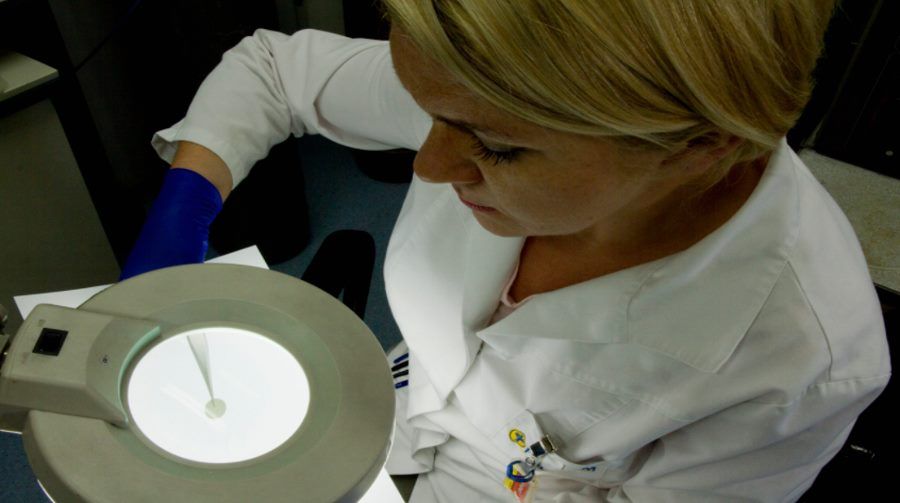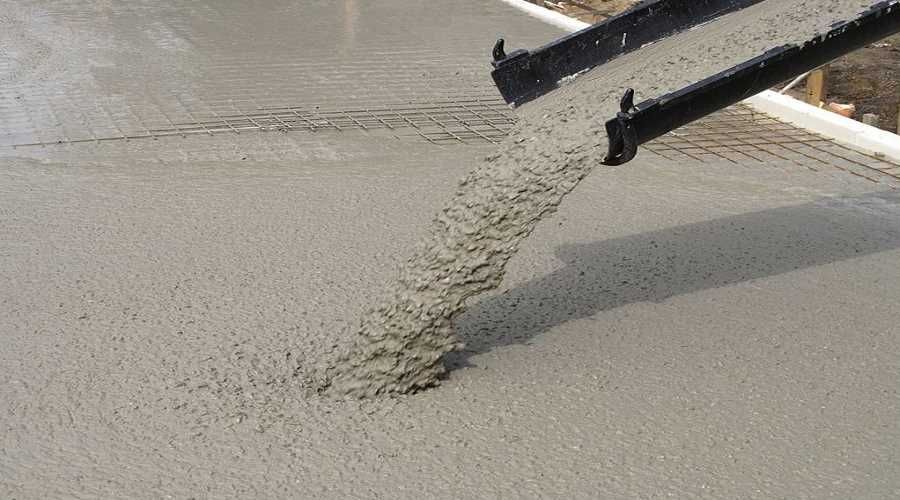Technetium and other radioactive isotopes to protect our health
Technetium and other radioactive isotopes to protect our health
Scientists at the NCBJ have presented promising results on obtaining target material for gas pedal production of technetium-99m, one of the most important radioactive isotopes for nuclear medicine. Their work was published in the June issue of the journal Applied Radiation and Isotopes.
At the Radioisotope Center, operating at the National Center for Nuclear Research (NCBJ) POLATOM (OR POLATOM) has developed its own method of manufacturing discs for the gas pedal production of technetium-99m. Technetium-99m is an isotope of radiootworic isotope used worldwide in millions of diagnostic procedures. OR POLATOM in Swierk produces and delivers up to a dozen countriesow devices (so-called. generators) to directly obtain this radioisotope in hospitals. In the generators of the sourceoThe source of technetium-99m is another isotope of radioactivity, which is used worldwide in millions of yearsoric, molybdenum-99, obtained from uranium irradiated with m.In. At NCBJ in the nuclear reactor Maria. However, scientists are exploring the possibility of using an alternative method of producing technetium-99m in gas pedals. Interest in such research arose several years ago as a result of the global crisis in the supply of molybdenum-99.
Technetium-99m can be obtained in a gas pedal by irradiating with protons a target containing the stable isotope molybdenum-100. – Molybdenum discs, whichore subjected to irradiation in the gas pedal must meet several very important criteriaow – explains Dr. Izabela Cieszykowska of OR POLATOM, whichora led the work of a group of researchers. – Target materials for irradiation must have a high degree of enrichment and high chemical purity so that irradiation does not result in the formation of undesirable isotopesow. From the point of view of the strength of the intense proton beamow, it is necessary that the gas pedal disks have high mechanical resistance and high thermal and electrical conductivity. At the same time, such materials should be sufficiently porous to allow rapid dissolution of the disk after the irradiation process and separation of the resulting technetium-99m, whichorego period poThe longevity is only 6 hours," he adds.
To study the production of technetium-99m in the gas pedal, NCBJ scientists used the method of pressing enriched molybdenum-100 into a lozenge form and then sintering it in a hydrogen atmosphere. As a result of these processesow received lozenges with a diameter of approx. 1 cm and less than 1 mm thick. The mechanical properties of the discs so formed strongly depended on the pressing pressure used and the sintering time. The strength of the manufactured discs was tested at the NCBJ Materials Research Laboratory. The most promising in terms of quality probki have undergone proton irradiation at the GE-PETtrace cyclotron at the UW's SLCJ. – We were able to develop and optimize a method for producing molybdenum disks, whichore show resistance during proton beam irradiationow, while at the same time, upon activation, they undergo dissolution in krotion in a short period of time, which makes it possible to interrupt them quicklyob – reveals Dr. Cieszykowska. – The proposed method for producing technetium-99m can be successfully used where typical gas pedals operating for PET are available.
The presented work is one of the elements of theoin preparation for the launch of a cyclotron in Świerk, as part of the Center for Design and Synthesis of Radiopharmaceuticals projectoat Molecularly Targeted CERAD. – We can already produce technetium-99m, but we are primarily thinking about gas pedal production of other isotopesoin radiotworatory for diagnostics as well as for therapy, whichore have so far not been available in Poland on such a scale – explains Dr. hab. Renata Mikolajczak, NCBJ professor, CERAD project manager, participant in research on new molybdenum targets. – We have high hopes for e.g. with isotopes of copper or zirconium. Another example is astat-211, whichory is the source ofoThe alpha rays have a very short range in tissues, but are very effective if introduced precisely into the affected area.
Work on the preparation of gas pedal technology was carried out at the NCBJ with project support from the International Atomic Energy Agency, as well as funds for science under the project titled "The gas pedal technology is a new technology". „Alternative methods of producing technetium-99m”, subsidized by the National Center for Research and Development from the Applied Research Program in path A. In the course of their work, the scientists cooThey cooperated with the Environmental Laboratory of Heavy Ionso(SLCJ) at Warsaw University and the Institute of Chemistry and Nuclear Technology in Warsaw. Wsposcientists are partners in the CERAD consortium. The consortium also includes Warsaw Medical University, Collegium Medicum of Jagiellonian University and Medical University of Bialystok. The project is implemented under Measure 4.2 „Developingoj modern research infrastructure of the science sector” The consortium also includes Warsaw Medical University, Collegium Medicum of Jagiellonian University and Medical University of Bialystokoj 2014-2020, wspoThe project is financed from the funds of theounder the European Regional Development Fund.
The POLATOM OR is one of the world's leading manufacturorcoin and exporteroin radiopharmaceuticalsow. To produce them, radionuclide isotopes are usedoThe isotopes used for their production are obtained in the research reactor Maria. Once the CERAD cyclotron is operational, scientists in Spruce will be able to produce radioisotopes using zaroBoth neutrons from Maria as well as protons, deuterons and alpha particles from the gas pedal.
Work pt. „Manufacturing and characterization of molybdenum pellets used as targets for Tc-99m production in cyclotrons” was published in the June issue of the journal Applied Radiation and Isotopes. Its authors are Izabela Cieszykowska, Tomasz Janiak, Tadeusz Barcikowski, Mieczysław Mielcarski and Renata Mikołajczak from NCBJ OR POLATOM, Jarosław Choiński from ŚLCJ, Marek Barlak from NCBJ's Department of Plasma and Ion Technologies and Łukasz Kurpaska from NCBJ's Materials Research Laboratory.


